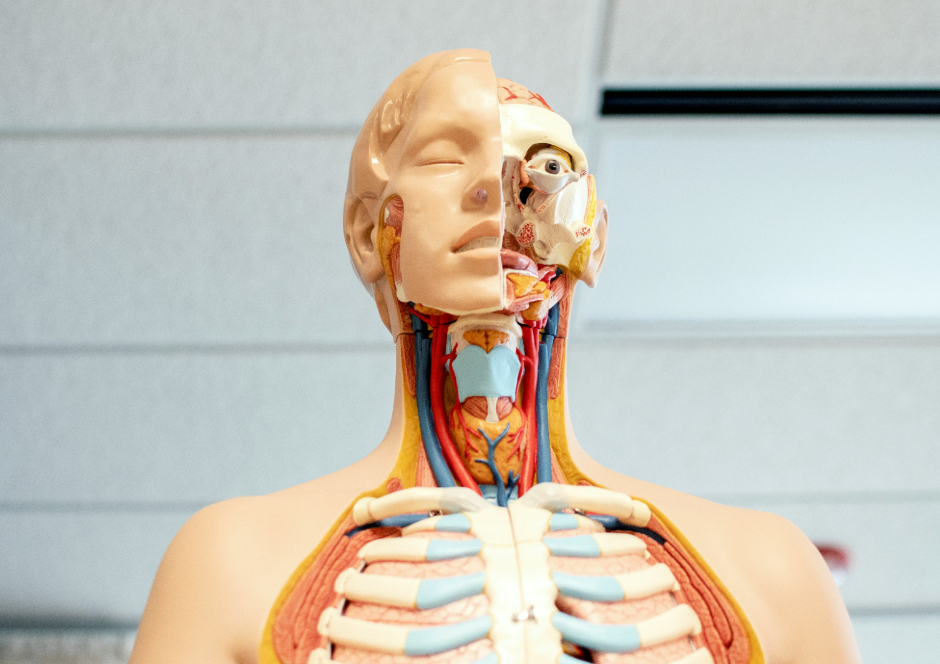Age-related macular degeneration (AMD) can manifest as either dry or wet, with dry AMD being more common and less severe, while wet AMD involves abnormal blood vessel growth that can lead to rapid vision loss.
Here’s a more detailed breakdown of the differences:
Dry AMD (Atrophic AMD):
Cause:
Gradual thinning of the macula (the central part of the retina) over time, often with the accumulation of yellowish deposits called drusen.
Progression:
Slow and gradual, potentially leading to mild to moderate vision loss over years.
Symptoms:
May include blurry or hazy central vision, difficulty reading or seeing details clearly, and colors appearing less vibrant.
Treatment:
Primarily focuses on slowing progression through lifestyle changes and dietary supplements.
Risk Factors:
Age, family history, smoking, high blood pressure, and obesity.
Wet AMD (Neovascular AMD):
Cause: Abnormal blood vessels grow under the retina, leaking fluid and blood into the macula.
Progression: Can cause rapid and severe vision loss.
Symptoms: May include sudden vision changes, distorted or wavy straight lines, and a blind spot in the center of vision.
Treatment: Involves injections of anti-VEGF drugs to stop the growth of abnormal blood vessels and prevent further vision loss.
Risk Factors: Same as dry AMD, but with a higher risk of progression to the wet form.

Wet vs. Dry Age-related macular degeneration (AMD)
Age-related macular degeneration (AMD) can manifest as either dry or wet, with dry AMD being more common and less severe, while wet AMD involves abnormal blood vessel growth that can lead to rapid vision loss.Here’s a more detailed breakdown of the differences:Dry AMD (Atrophic AMD):Cause:Gradual thinning of the macula (the central part of the retina)…

Leave a Reply